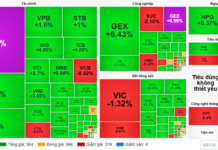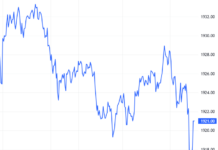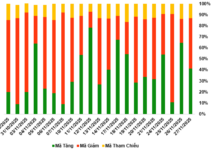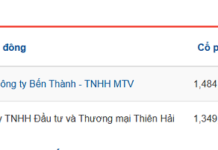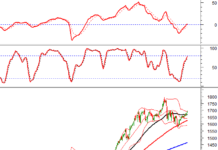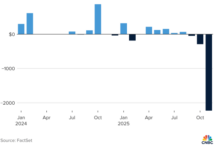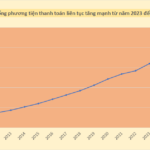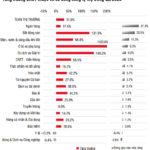
A Solid Foundation: Macroeconomic and Policy Support
The market’s growth momentum is being bolstered by three key pillars.
Firstly, the global monetary environment is becoming more favorable. The anticipated rate cut by the US Federal Reserve in the coming months will put pressure on the US dollar, easing domestic exchange rate pressures and curbing foreign outflows. This creates an opportunity for international investment flows to return to emerging markets such as Vietnam.
Secondly, the story of Vietnam’s market upgrade from frontier to emerging status is entering a crucial phase. This is seen as a historic boost, potentially attracting billions of dollars from large investment funds, especially global index funds. More importantly, this process will catalyze improvements in transparency, corporate governance, and trading infrastructure.
Thirdly, supportive domestic policies remain a vital pillar. The pilot credit room expansion, maintained low-interest rates, and improved access to capital will directly strengthen the financial health of businesses. A robust corporate sector bodes well for the capital market.
Post-Upgrade Landscape: From Capital Flows to Quality
After the initial excitement driven by foreign capital inflows, the market will enter a new phase focused on the core elements of quality and diversity in listed securities.
Both international and domestic investors will delve deeper into the fundamentals of companies, scrutinizing revenue, profitability, sustainable growth rates, and capital efficiency. The market will witness a significant differentiation, moving away from uniform growth.
The emergence of large-scale IPOs from leading companies will enhance the market’s depth and appeal, aligning the VN-Index more closely with the economy’s true strength. This marks a shift from a capital inflow-driven model to one fueled by the intrinsic strength of businesses.
Short-Term Challenges and Market Volatility
However, the path ahead is not without bumps. After a prolonged growth cycle, the market is trading at historical highs, and several technical indicators are signaling “overbought” conditions. This increases the likelihood of short-term profit-taking and subsequent market corrections.
The 1,600-point mark is not just a technical resistance level but also a significant psychological barrier. Failing to sustain this level with strong liquidity may lead to a deeper correction before a new equilibrium is found. Such fluctuations are inevitable and should be viewed as part of the market’s upward trajectory.
Investment Strategies: Navigating Short-Term Volatility and Long-Term Potential
In the context of short-term excitement and long-term potential, investors need a flexible yet consistent strategy.
In the near term, investors should be prepared for market fluctuations and corrections. These are not indicative of a trend reversal but necessary steps back to fortify the foundation for a more sustainable uptrend.
Over the medium to long term, the fundamental factors remain supportive of an upward trajectory. Favorable macroeconomic prospects, the potential for an upgrade to emerging market status, and improved corporate transparency will be the main drivers.
Market corrections present both challenges and opportunities to restructure portfolios, directing capital toward fundamentally strong companies with compelling growth stories that benefit directly from foreign capital inflows and the market’s overall quality enhancement. A prudent strategy combines short-term risk management with a long-term vision, harnessing the upcoming waves into opportunities to embrace a new cycle of robust and high-quality growth.
Nguyễn Quang Huy – CEO of Finance and Banking, Nguyen Trai University
What’s the Impact of Large-Scale Capital Injection on Economic Growth?
Hundreds of projects have just been launched with an investment capital of approximately VND 1,280 billion. This injection of funds into the economy is expected to boost economic growth in the coming years.
The Case for Reducing the Statutory Reserve Requirement by 50% for Four Banks
The 50% reduction in the statutory reserve requirement for banks taking over specially controlled banks is a significant move. This measure enables these banks to extend their credit offerings, reduce costs, and promote the restructuring of subsidiary banks. However, it is imperative to identify and implement control measures to prevent any potential misuse of this supportive mechanism.
The Stock Market Embraces a New Growth Cycle
The Vietnamese stock market is at a pivotal crossroads, where macro policy drivers, upgrade expectations, and international capital converge to shape a new era of quantitative and qualitative growth. While short-term challenges persist, the long-term outlook is clearer than ever, promising a transformative phase in the country’s economic landscape.

